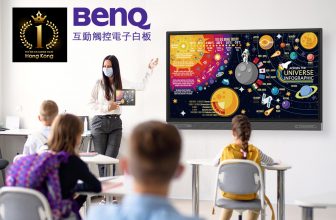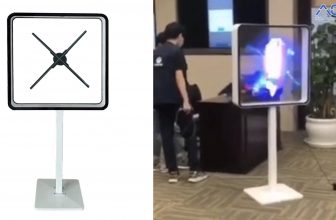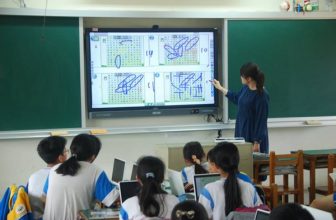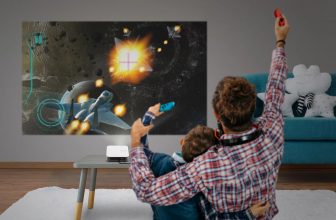
“With a light wave of your hand, a virtual display screen appears in front of you. The images inside can be switched at will, and you can also make video calls with people.” This is a familiar scene in science fiction movies. This mysterious black technology is holographic projection technology.
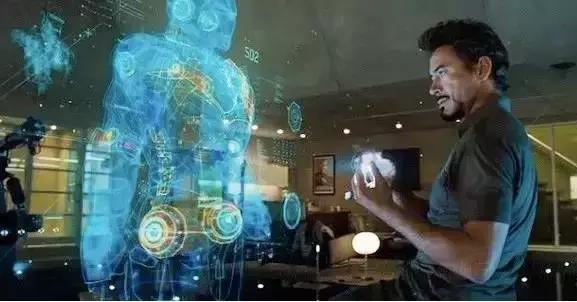
Regarding holographic projection, it is also widely used in real life.
To commemorate the 23rd anniversary of Teresa Teng’s death, a Japanese program used holographic projection technology to “resurrect” a generation of singers!
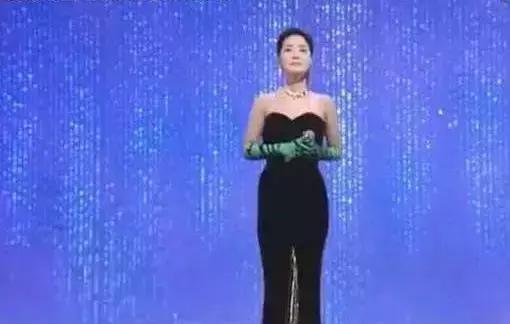
In 2010, the famous Japanese virtual idol Hatsune Miku made a concert with holographic projection technology.
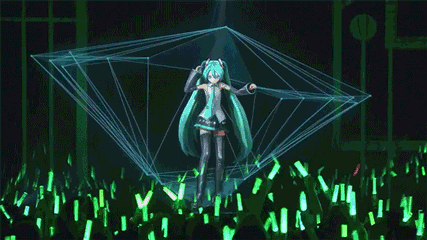
Li Yuchun’s 2015 CCTV Spring Festival Gala’s song performance “Shu Embroidery” was suddenly divided into three avatars during the performance, forming 4 peculiar scenes of Li Yuchun on the same stage, which was extremely shocking…
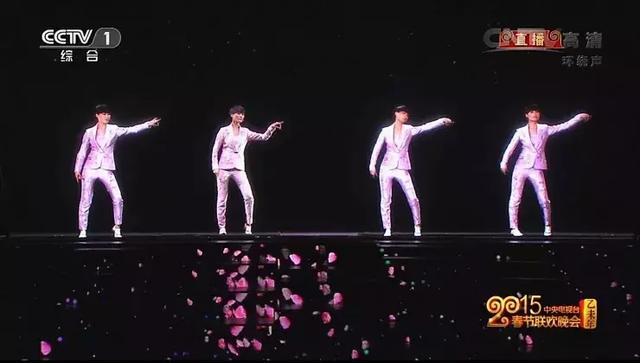
It can be seen from the video of Teresa Teng’s concert that the live audience can watch Teresa Teng’s singing from multiple perspectives, with realistic effects and delicate pictures.

Although the cool effect makes people stunned, the 3D holographic image Teresa Teng presented on Japanese TV shows cannot be said to be “strictly 3D holographic projection.”

The same is true for the Hatsune Miku virtual idol concert. Although it presents us with a lifelike three-dimensional image, it must be on a fixed stage and in the dark to achieve it.
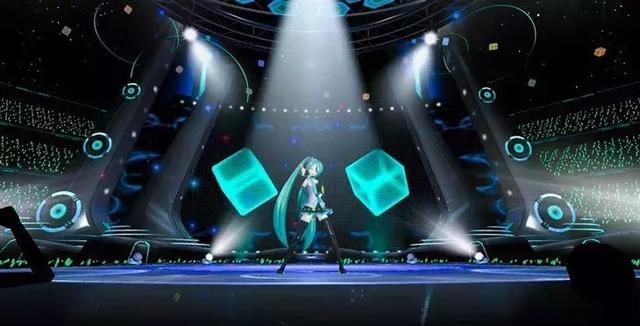
Several of the above performances are not true hologram, which is an optical illusion technique called “Pepper’s Ghost” ( Pepper’s ghost ). Because the effect achieved by holography is similar to the visual effect achieved by Pepper’s illusion, many people confuse the concepts of the two. In fact, they are different technologies. Some people call visual effects such as Pepper’s illusion pseudo-holographic.
How did Pepper’s Vision come true?
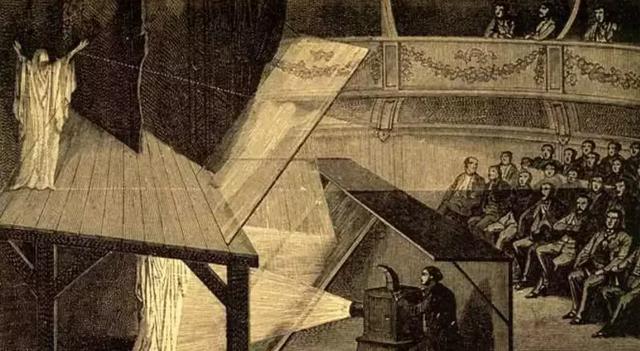
As shown in the picture above, the audience only saw the virtual images appearing on the stage, but they did not see the transparent glass hidden on the stage and the real performers under the stage. The lights hit the real performers and mirrored specific areas on the stage through the glass. Because the early lighting was not very strong, the brightness of the image that the audience saw was low.
Modern Pepper’s phantom performances can be lifelike because we have high-luminance lighting and excellent CG technology. But the principle of the show is still the same as the earliest performance.
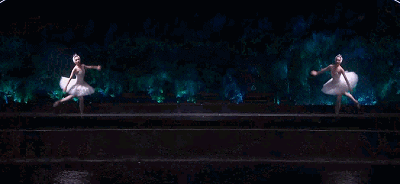
The holographic technology commonly used in business can be roughly divided into two categories: One is the rear projection method, in which the projector directly projects the image onto the holographic film. The other is to use reflection to reflect the projection or LED image onto the holographic film placed at 45 degrees. Li Yuchun’s performance on the Spring Festival Gala is to set up a 45-degree holographic film on the stage and use the image source on the ground to refract it.
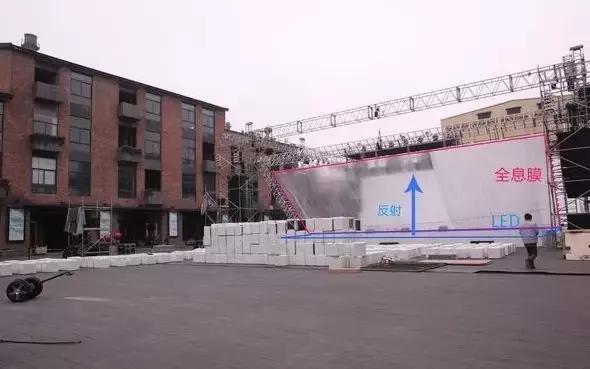
What is a real holographic projection?
As a 3D technology without glasses, holographic projection mainly uses the principles of interference and diffraction to record and reproduce real three-dimensional images of objects, so that the audience can see three-dimensional virtual characters.
The first step is to use the principle of interference to record the light wave information of the object, which is the shooting process. The subject is irradiated by the laser to form a diffuse object beam; the other part of the laser is used as a reference beam to hit the holographic film, superimposed with the object beam to produce interference, and convert the phase and amplitude of each point on the object’s light wave into space The intensity of the change, so as to use the contrast and interval between the interference fringes to record all the information of the object’s light waves. After the negative film with the interference fringes is developed and fixed, it becomes a hologram, or hologram.
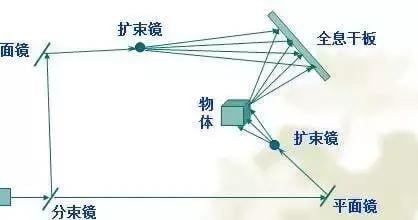
The second step is to use the principle of diffraction to reproduce the light wave information of the object, which is the imaging process. The hologram is like a complex grating. Under the irradiation of coherent laser, the diffracted light wave of a sinusoidal hologram can give two images, namely the original image (also called the initial image) and the conjugate image. The reproduced image has a strong sense of three-dimensionality and a real visual effect.
Each part of the hologram records the light information of each point on the object, so in principle, each part of it can reproduce the entire image of the original object. Through multiple exposures, multiple different images can be recorded on the same film. Image, and can be displayed separately without interfering with each other.
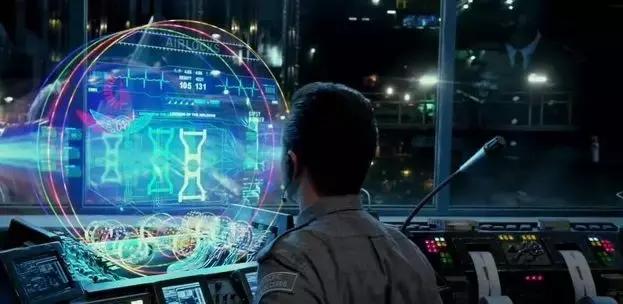
There are currently three types of holographic projection technologies known in the world, namely 360-degree holographic display technology, air projection technology, and laser beam projection technology.
The 360-degree holographic display technology is the easiest to understand, it is to project the image on the mirror, and then let the mirror rotate at a high speed, so as to produce a 3D three-dimensional image;
Air projection technology uses water vapor to project an image on the water vapor. Because of the uneven vibration between the molecules, a three-dimensional image can be formed;
The laser beam projection technology is the most complicated. When nitrogen and oxygen are dispersed in the air, the mixed gas becomes a hot slurry and projects a 3D image in the air, but the display time of this technology is very short. .
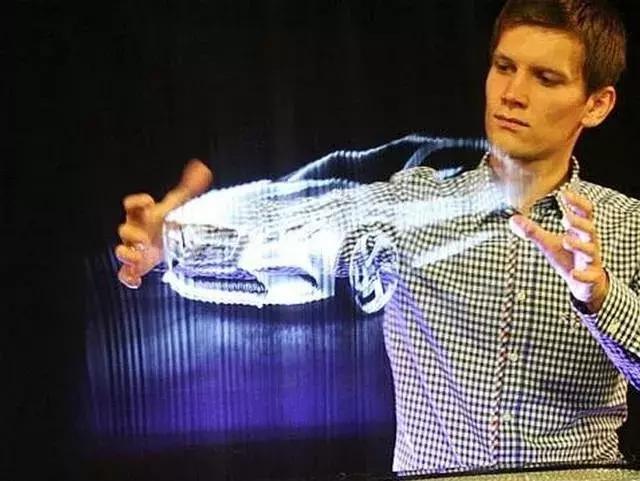
In general, these three holographic projection technologies have not been able to get rid of the limitation of the medium, and the cost is very expensive, and they are still in the laboratory stage, and it is impossible to commercialize them in a short period of time.
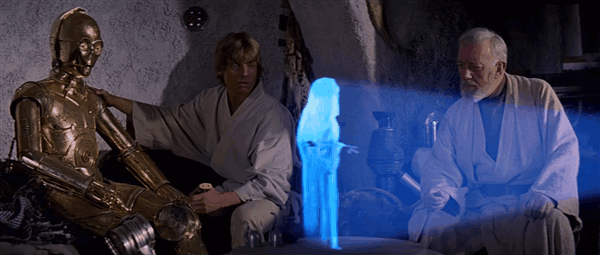
As the ultimate goal of display technology, holographic projection has a very broad application prospect. This technology integrates multiple technologies such as multimedia, Internet and Internet of Things, which can increase remote control and remote transmission and connection.
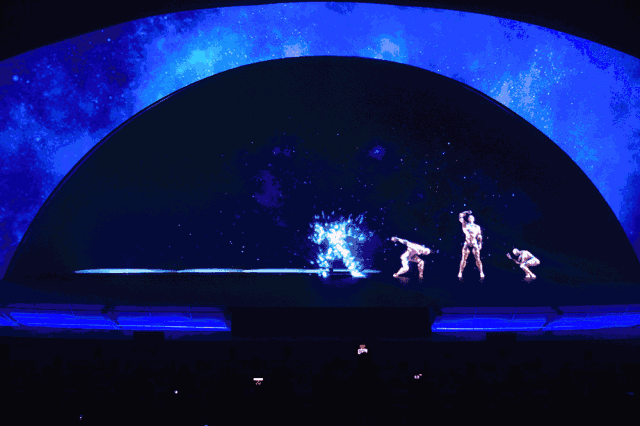
We can imagine that once the real holographic projection technology is fully commercialized, it will break through the traditional limitations of sound, light, and electricity, and present a more realistic 3D picture in front of the audience. The cool scenes in science fiction movies will also be closer to us. In other words, the realization of holographic projection technology will break out a new generation revolution in the display field.
The times are developing, and technology is innovating. Holographic projection has provided us with a huge space for imagination. The market is slowly spreading. For holographic projection, this new audio-visual technology has a promising future!


